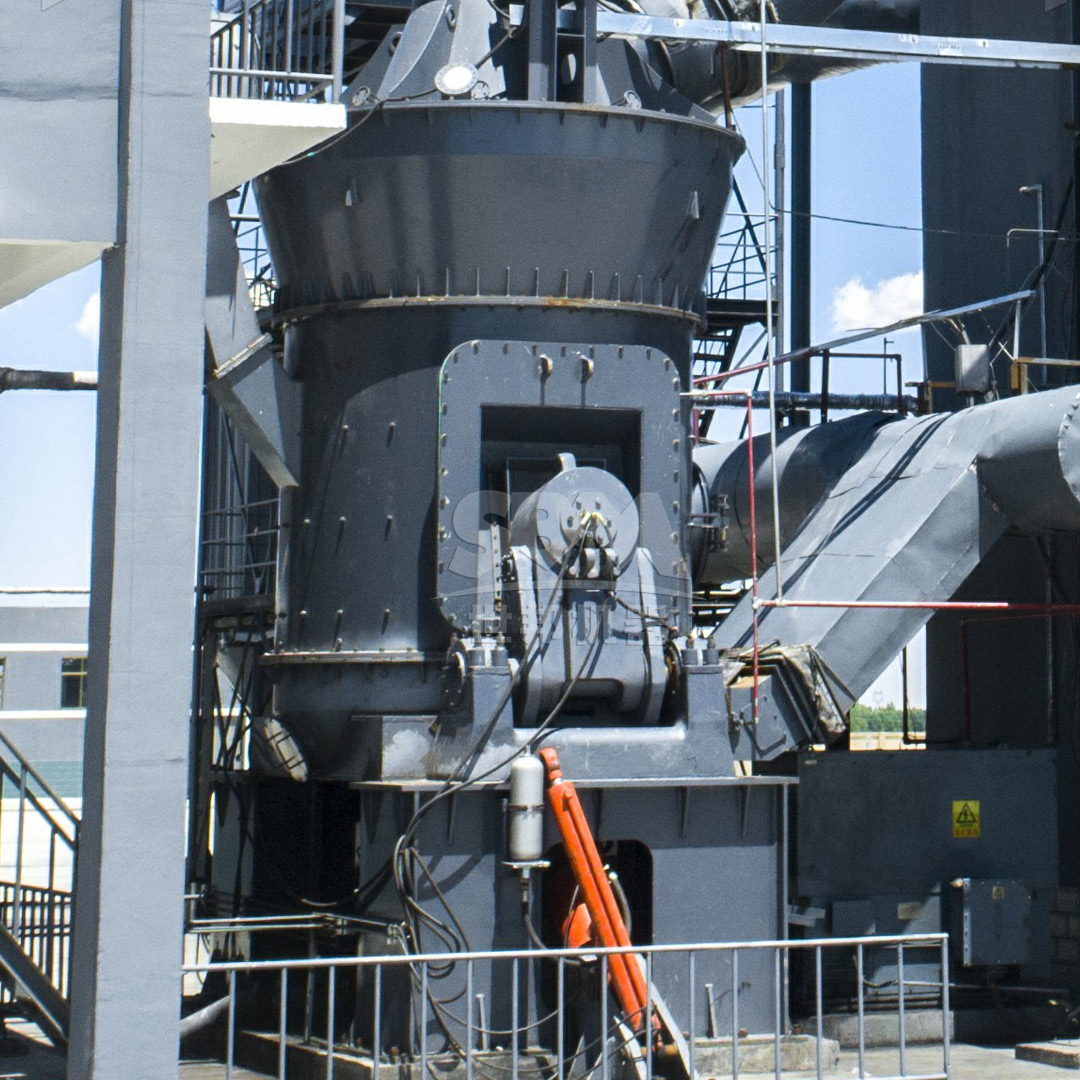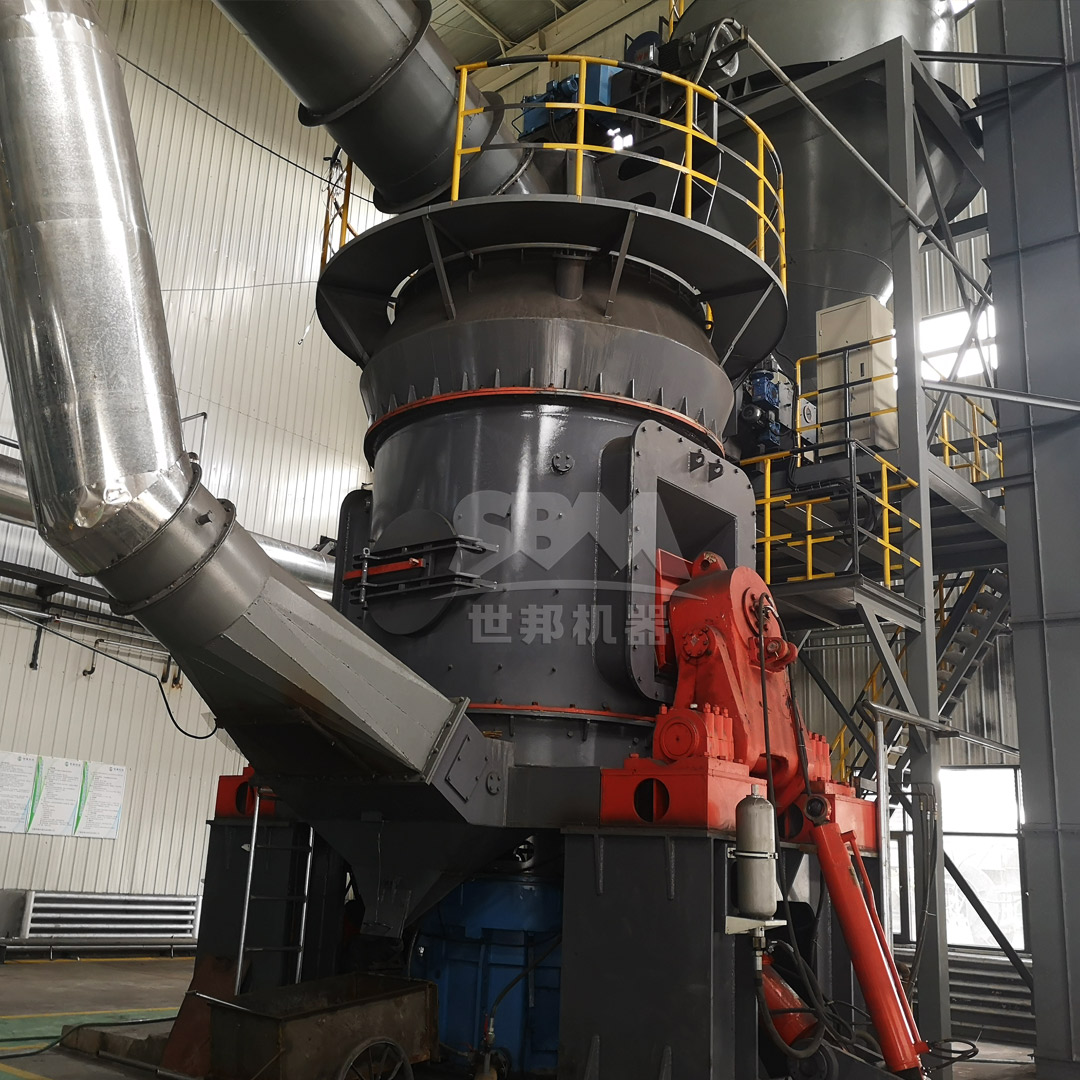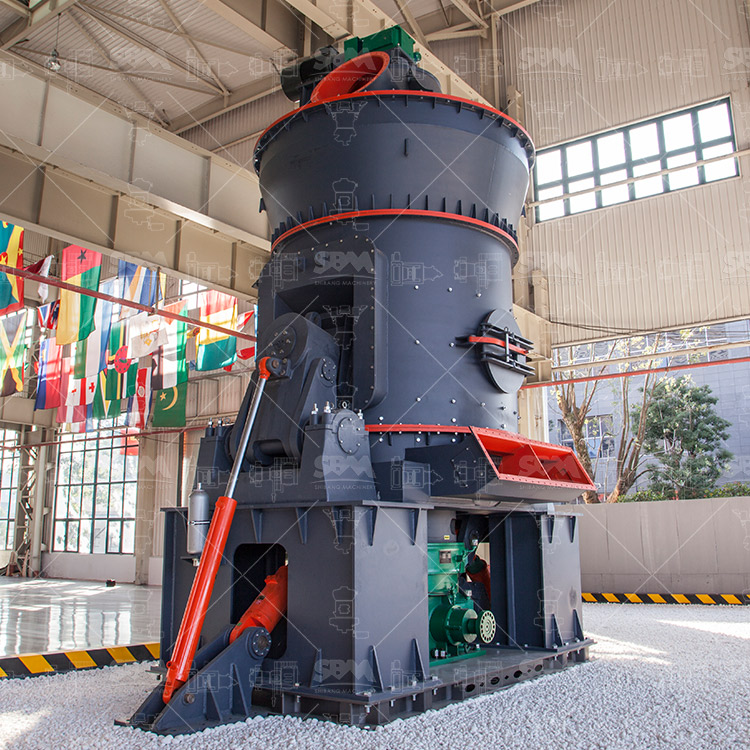In the power generation industry, coal pulverization represents one of the most critical processes affecting overall plant efficiency, emissions control, and operational costs. Modern thermal power plants require precisely controlled coal fineness to achieve optimal combustion characteristics, minimize unburned carbon, and reduce NOx emissions. This comprehensive guide explores the technological advancements in coal grinding equipment and their significant impact on power plant performance.
Coal grinding machines serve as the heart of the fuel preparation system in thermal power plants. The efficiency of combustion and consequently the overall plant efficiency heavily depends on the quality of pulverized coal. Optimal coal fineness ensures complete combustion, reduces slag formation, and minimizes maintenance requirements for boilers and other downstream equipment.
Traditional grinding systems often struggle with inconsistent particle size distribution, high energy consumption, and excessive maintenance downtime. Advanced grinding technologies address these challenges through innovative design features that enhance reliability, reduce operational costs, and improve environmental performance.
| Grinding Technology | Energy Consumption (kWh/t) | Typical Availability (%) | Maintenance Interval (hours) | Particle Size Consistency |
|---|---|---|---|---|
| Ball Mills (Traditional) | 18-25 | 85-90 | 400-600 | Moderate |
| Vertical Roller Mills | 12-18 | 92-96 | 600-800 | Good |
| Advanced VRM Systems | 10-15 | 96-98 | 800-1200 | Excellent |
Modern coal grinding machines incorporate several technological innovations that significantly enhance their performance and reliability:
Intelligent Control Systems: Advanced PLC-based control systems continuously monitor and adjust grinding parameters in real-time, ensuring consistent product quality while optimizing energy consumption. These systems can automatically compensate for variations in coal characteristics and wear conditions.
Enhanced Wear Protection: Innovative materials and design features, such as hardfaced grinding elements and reinforced wear plates, extend component life and reduce maintenance requirements. Some systems incorporate automatic wear compensation mechanisms that maintain performance despite component wear.
Efficient Classification Technology: Modern dynamic classifiers provide precise particle size control, ensuring optimal fineness for combustion while minimizing energy waste on over-grinding. These systems can be adjusted during operation to accommodate changing fuel requirements.
Integrated Drying Capabilities: Many contemporary grinding systems incorporate efficient drying functionality, handling coals with moisture content up to 20% without requiring separate drying equipment. This integration reduces system complexity and capital costs.

Among the most significant advancements in coal grinding technology is the development of vertical roller mills specifically designed for power plant applications. Our LM Series Vertical Roller Mill represents the pinnacle of this technology, offering unparalleled efficiency and reliability for large-scale power generation facilities.
The LM Series incorporates several proprietary technologies that make it particularly suitable for power plant applications:
Compact Integrated Design: The system integrates crushing, grinding, and classification functions within a single compact unit, reducing footprint requirements by up to 50% compared to traditional systems. This feature is particularly valuable for plant retrofits and space-constrained applications.
Exceptional Energy Efficiency: Through optimized grinding mechanics and efficient material transport, the LM Series achieves energy consumption reductions of 30-40% compared to conventional ball mill systems. The non-contact grinding design minimizes wear-related power increases over time.
Advanced Process Control: The mill features an expert-level automatic control system that supports both remote and local operation modes. Real-time monitoring of critical parameters reduces the need for manual intervention and ensures consistent performance under varying operating conditions.
Environmental Compliance: With full negative pressure operation and advanced sealing systems, the LM Series maintains dust emissions below 20mg/m³, significantly exceeding regulatory requirements in most jurisdictions. Acoustic insulation keeps operational noise below 80dB(A).
| Model | Grinding Capacity (t/h) | Main Motor Power (kW) | Coal Fineness (R0.08mm) | Max Feed Size (mm) | Special Features |
|---|---|---|---|---|---|
| LM130M | 10-17 | 185 | 5-20% | <38 | Basic power plant configuration |
| LM150M | 16-22 | 250 | 5-20% | <40 | Enhanced drying capability |
| LM170M | 20-30 | 315 | 5-20% | <42 | Advanced control system |
| LM190M | 26-40 | 400 | 5-20% | <45 | High-capacity operation |
| LM220M | 35-50 | 500 | 5-20% | <50 | For large power units |
To achieve optimal performance from advanced coal grinding systems, power plant operators should implement several key practices:
Optimal Air-to-Coal Ratio Maintenance: Maintaining the correct air-to-coal ratio (typically 1.8-2.2 kg air/kg coal) is critical for efficient transport and classification. Modern systems include sensors and control loops to automatically maintain this ratio under varying conditions.
Regular Inspection and Maintenance Scheduling: Implementing a proactive maintenance program based on operational hours and performance metrics can prevent unexpected downtime. Critical components such as grinding rollers, liners, and classifier blades should be inspected according to manufacturer recommendations.
Performance Monitoring and Optimization: Continuous monitoring of key performance indicators, including specific energy consumption, product fineness, and component wear rates, enables early detection of issues and optimization opportunities. Advanced diagnostic systems can predict maintenance needs before they affect operation.
Fuel Quality Management: Variations in coal characteristics significantly impact grinding performance. Implementing robust coal blending and quality control procedures helps maintain consistent operation and minimizes adjustments to grinding parameters.

For power plants requiring flexibility in fuel sources or those processing alternative fuels alongside coal, our MTW Series Trapezium Mill offers exceptional versatility and performance. This advanced grinding system is engineered to handle a wide range of materials while maintaining high efficiency and reliability.
The MTW Series incorporates several innovative features that make it ideal for modern power plants:
Advanced Wear Protection System: The mill features a unique combined shovel blade design that significantly reduces maintenance costs and extends operational periods between servicing. Curved blade design enhances material feeding efficiency and reduces wear on grinding components.
Optimized Airflow Path: Specially designed curved air channels minimize energy losses in material transport, improving overall system efficiency. High-strength protective plates safeguard critical airflow surfaces from abrasion.
Efficient Drive System: The integrated bevel gear transmission achieves remarkable 98% transmission efficiency while reducing space requirements and installation complexity. This design eliminates multiple reduction stages found in conventional systems.
Enhanced Classification Performance: The wear-resistant volute structure features non-clogging design elements that improve separation efficiency and reduce maintenance requirements by up to 30% compared to traditional designs.
With capacity ranging from 3-45 tons per hour and the ability to produce product fineness from 30-325 mesh, the MTW Series provides power plants with a robust solution for diverse grinding requirements. The system’s adaptability makes it particularly valuable for facilities transitioning to biomass co-firing or handling opportunity fuels with varying characteristics.
The evolution of coal grinding technology continues to address the changing needs of the power generation industry. Several emerging trends are shaping the next generation of grinding equipment:
Digitalization and IoT Integration: Advanced sensors and connectivity enable real-time performance monitoring, predictive maintenance, and remote operation. Digital twin technology allows for virtual testing of operational changes and optimization strategies.
Adaptation to Alternative Fuels: As power plants increasingly incorporate biomass and waste-derived fuels, grinding systems must handle materials with diverse characteristics without compromising performance or availability.
Enhanced Flexibility Requirements: The need for plants to operate at varying loads to accommodate renewable energy integration demands grinding systems that can maintain efficiency across a wide operating range.
Sustainability Improvements: Continued focus on reducing the environmental footprint of grinding operations through lower energy consumption, reduced water usage, and minimized emissions.

The selection and operation of coal grinding equipment significantly impact power plant efficiency, reliability, and environmental performance. Advanced grinding technologies, such as our LM Series Vertical Roller Mill and MTW Series Trapezium Mill, offer substantial improvements over traditional systems through enhanced efficiency, reduced maintenance requirements, and superior product quality control.
As the power generation industry continues to evolve toward higher efficiency and lower emissions, investing in advanced coal preparation technology becomes increasingly important. By understanding the capabilities of modern grinding systems and implementing best practices in their operation and maintenance, power plant operators can achieve significant improvements in overall plant performance and competitiveness.
The future of coal grinding in power generation lies in smarter, more efficient, and more flexible systems that can adapt to changing fuel markets and operational requirements while maintaining the reliability that modern power systems demand.